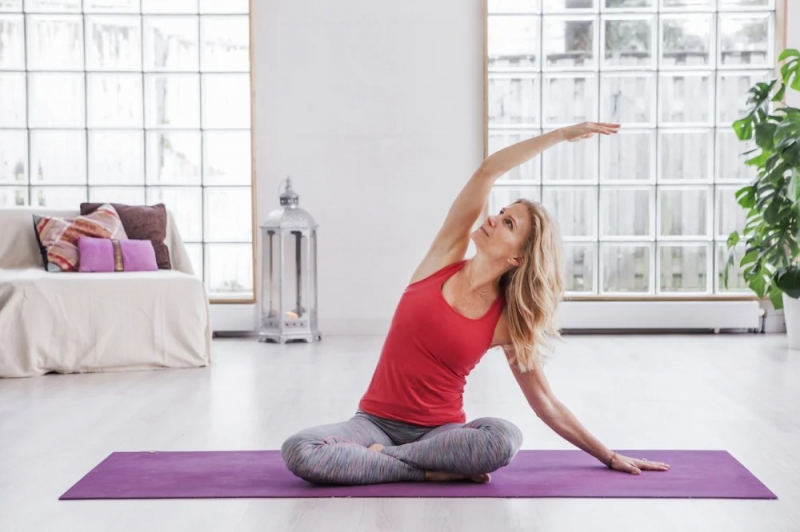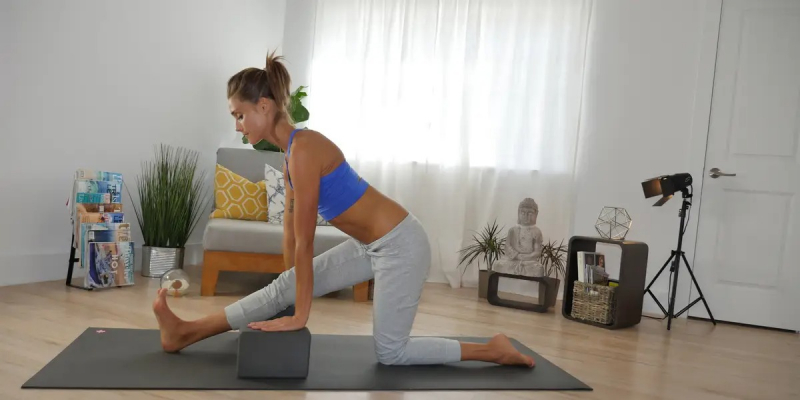Modify your need and body

It will be tough to complete every position discussed in your class, especially at first, so it's important to modify your need and body. If you're having difficulty, your teacher can assist you to figure out how to make it easier for your body. To make the activity easier on your body, don't be afraid to utilize blocks, belts, or blankets.
To modify your need and body, it's recommended to use a yoga block. Beginners and those with injuries or other physical restrictions should use a yoga block, but more advanced practitioners can use props to safely master new demanding postures.
The most typical yoga block measurements are 4′′ x 6′′ x 9′′, although you can buy blocks in a variety of sizes. The size of your hands and level of flexibility will determine whether you need a larger or smaller block. If you have small hands and are prone to bending, a smaller block may be preferable. If you have larger hands and less flexibility, a larger block may be preferable. When you require a height between one and two blocks, half-sized or smaller blocks can be useful. A rectangular brick is the shape of the classic yoga block. You'll also come across blocks that aren't the conventional 4′′ x 6′′ x 9′′ size, as well as odd shapes. The most comfortable blocks for reclining positions and supporting your spine in back bending asanas are curved, rounded, or egg-shaped blocks.










